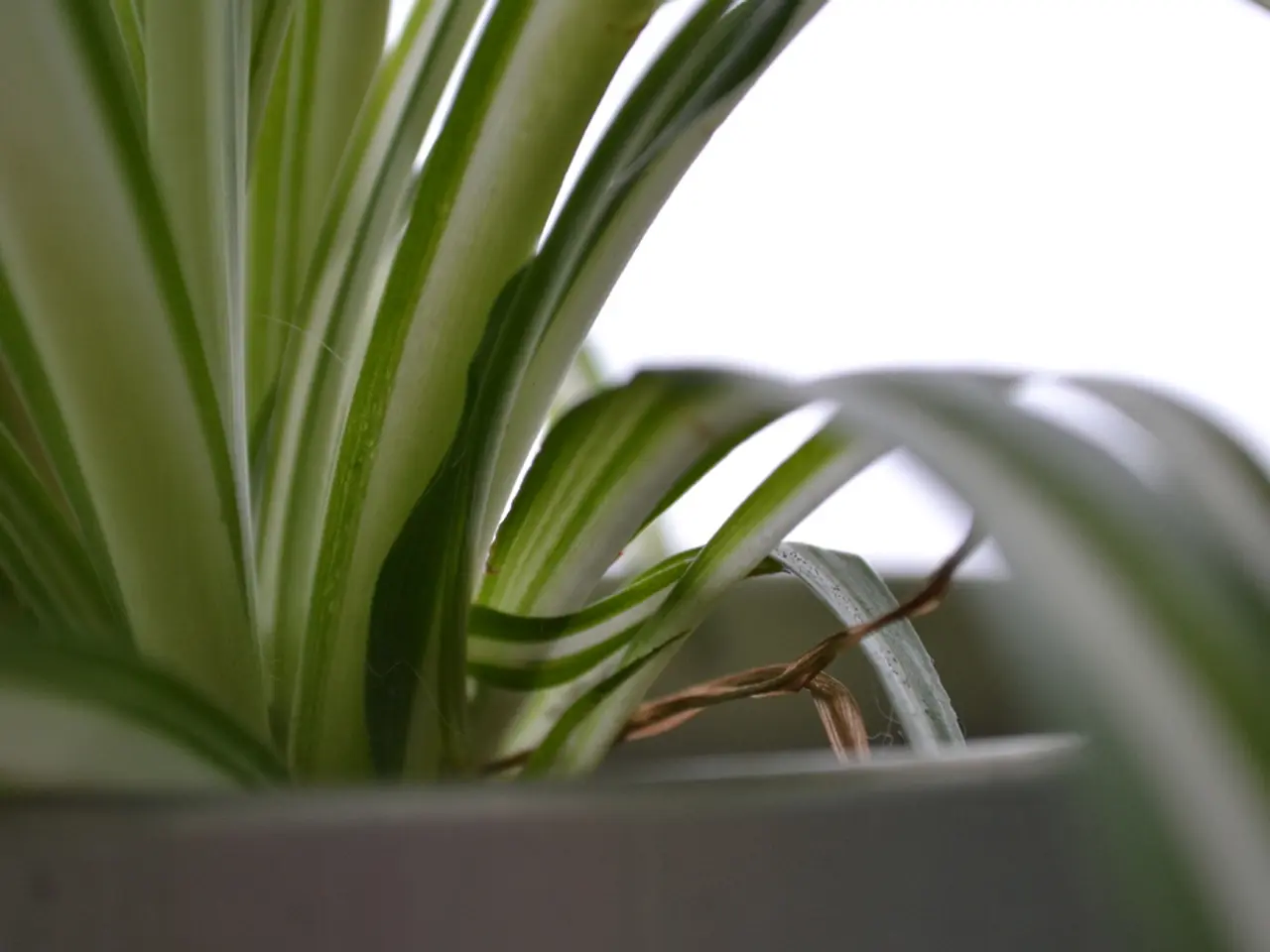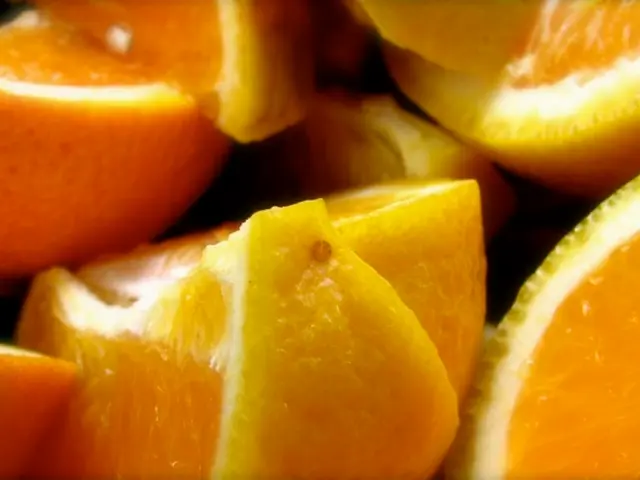Soil Anomalies in Greenery: What Causes Those Spotty Phenomena?
Pineapple guava plants, known for their delicious fruits and attractive foliage, can sometimes develop white spots on their leaves. This article aims to provide a clear understanding of the causes and solutions for this common issue.
White spots on plant leaves can be caused by various factors, including fungal infections, pests, environmental factors, and nutritional deficiencies.
Fungal Infections
The most frequent fungal cause is powdery mildew, a white, dusty fungus that appears like flour dust on leaves. Downy mildew is another fungal disease causing white spots, starting as pale powdery spots from the underside of leaves and later causing browning and leaf drop.
Pests
Tiny insects such as mealybugs, spider mites, and cottony cushion scale insects feed by sucking plant juices, leaving behind white spots or residues on leaves. Whiteflies, another pest, can also cause similar damage.
Environmental and Nutritional Factors
Hard water with high mineral content can leave chalky white deposits or spots when it evaporates from leaves. Excessive direct sunlight, especially intense heat, can cause white or bleached spots as leaf tissue becomes damaged. Overfertilization, especially excess nitrogen, can lead to overly lush foliage that may become more susceptible to spot diseases.
Treatment and Prevention
To prevent and treat white spots caused by environmental factors, it is important to isolate affected plants, improve air circulation, adjust watering schedules, use natural solutions such as baking soda and liquid soap mixtures, and, in some cases, use fungicides or insecticides.
Regular pruning of pineapple guava plants helps maintain their size and shape, and encourages new growth. These plants are frost-sensitive and should be protected from cold temperatures.
Pineapple guava fruits are edible and can be eaten fresh, made into jams, or used in smoothies. These plants require regular watering, especially during the growing season, but should not be overwatered.
Pineapple guava plants can be propagated from cuttings or seeds. They benefit from fertilization with a balanced fertilizer, applied every 2 to 3 months during the growing season.
In addition to the factors mentioned above, nutritional deficiencies, particularly a lack of nitrogen or iron, can also cause white spots on plant leaves, but more commonly result in yellowing of the leaves rather than white spots.
For a healthy pineapple guava plant, ensure the soil depth is between 6 to 12 inches, with well-draining soil and a pH between 5.0 and 7.0. The ideal soil conditions, regular care, and prompt treatment of issues when they arise will help keep your pineapple guava plant thriving.
References:
- University of California Agriculture and Natural Resources
- Cornell University Extension
- Iowa State University Extension and Outreach
- Purdue University Extension
Pests like mealybugs, spider mites, cottony cushion scale insects, whiteflies, and even tiny scale insects might create white spots or residues on pineapple guava leaves as they feed on plant juices. Nutritional deficiencies, specifically a lack of nitrogen or iron, can also cause white spots on plant leaves, but more commonly result in yellowing of the leaves rather than white spots.




